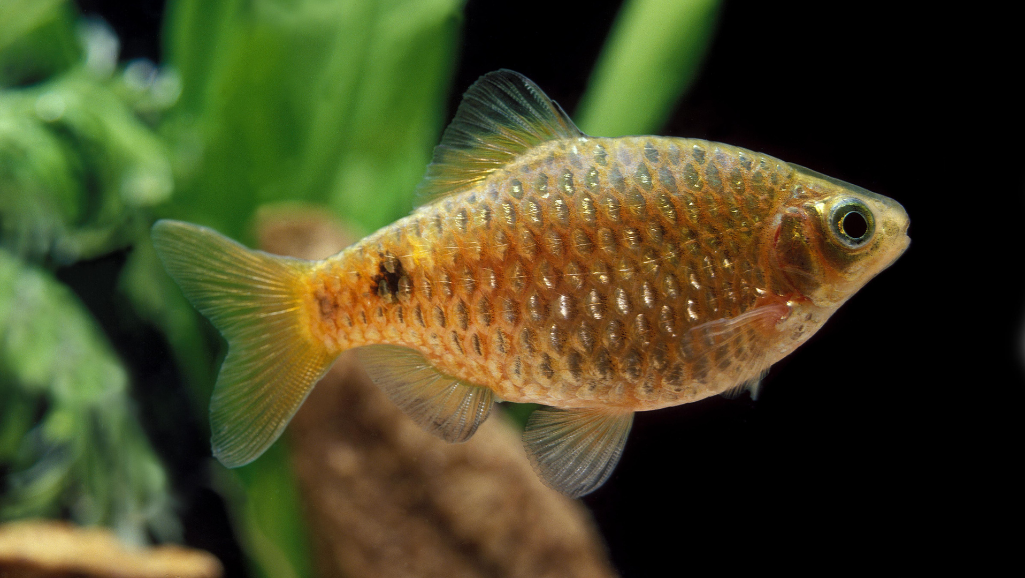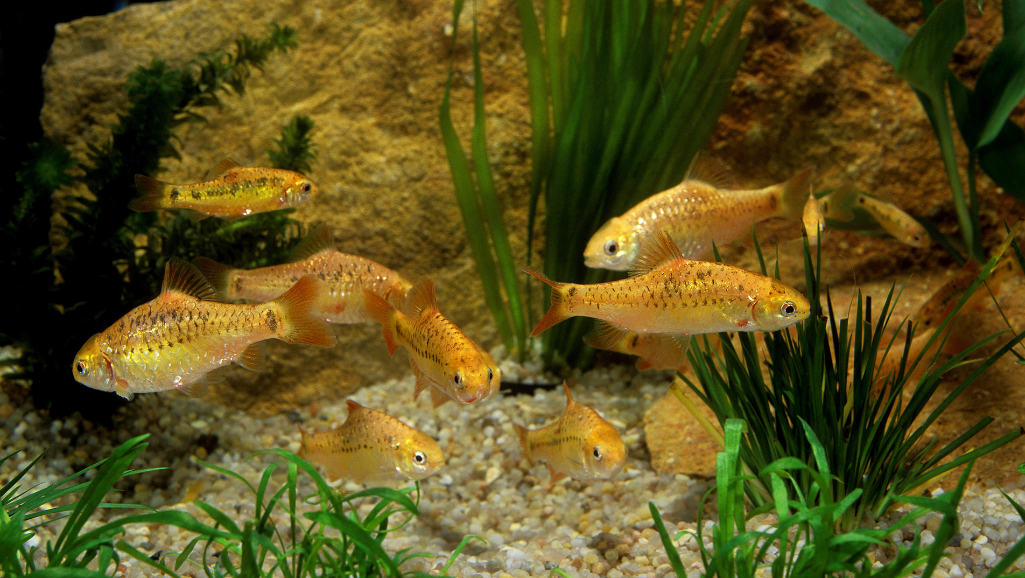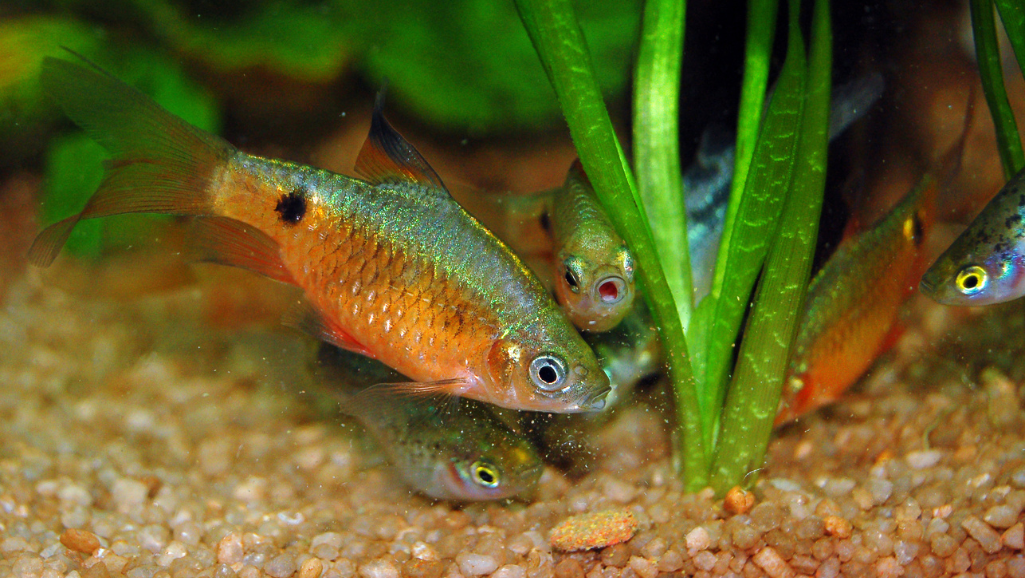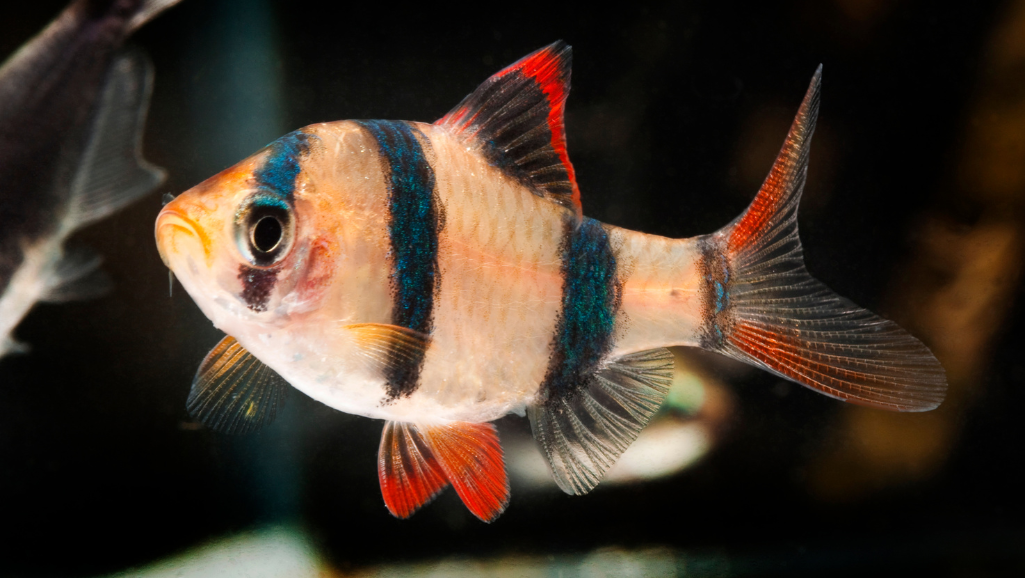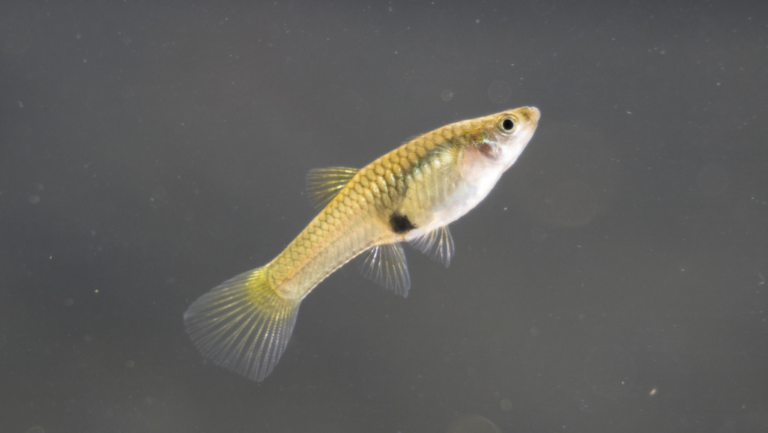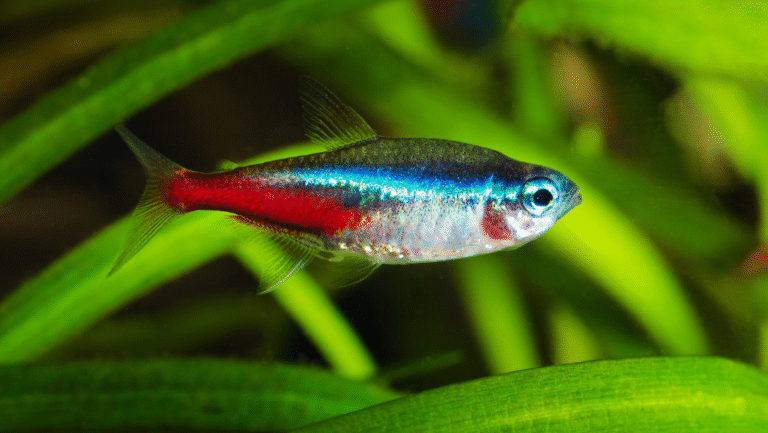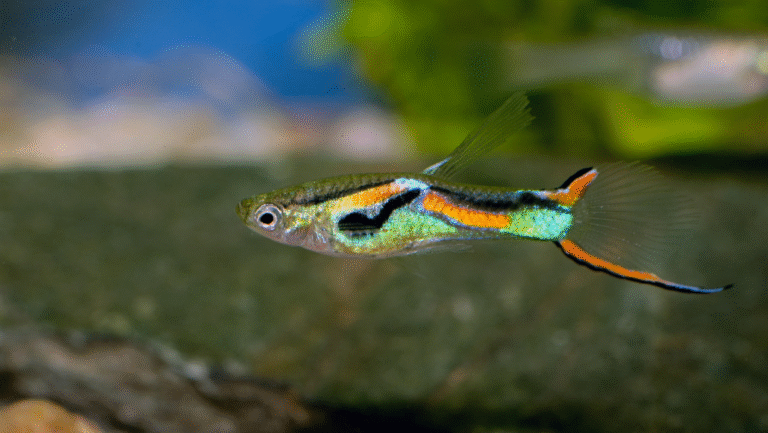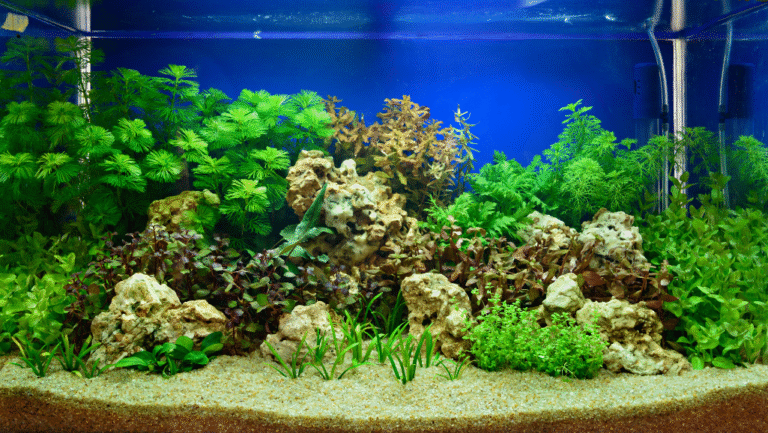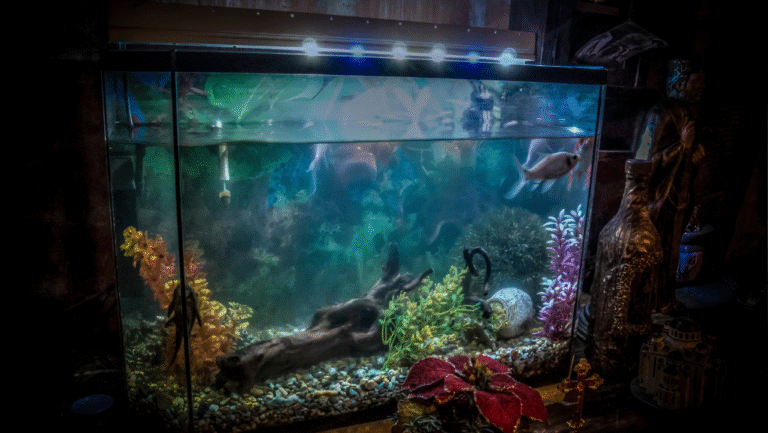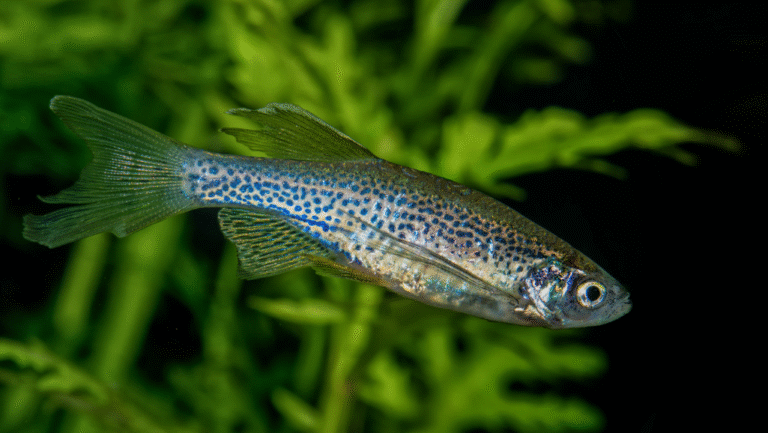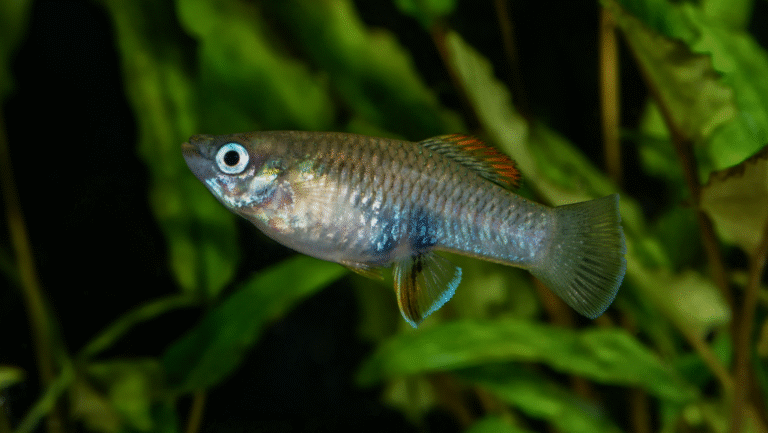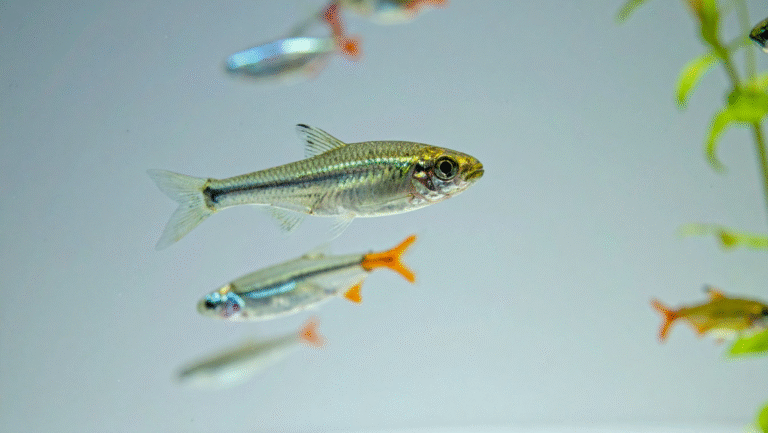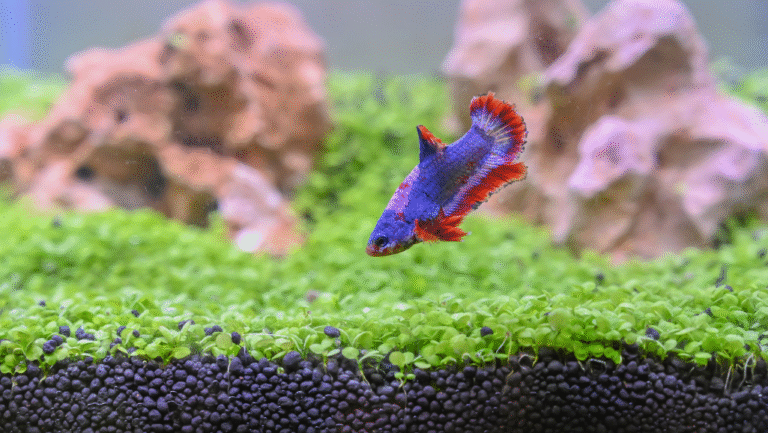The world of aquatic pets is full of life and color. But none shine as brightly as the Rosy Barb. These fish are known for their vibrant colors and thrive in cooler waters. They add a splash of brilliance to any aquarium.
Unlike tropical fish, Rosy Barbs love cooler temperatures between 60-75 degrees Fahrenheit. Their dynamic swimming and stunning colors make them mesmerizing. As they grow to about 6 inches, their colors deepen into beautiful shades of pink, red, and orange.
Key Takeaways
- The Rosy Barb stands out in the aquarium for its vibrant coloration and active behavior.
- With a preference for cooler aquatic environments, Rosy Barbs are excellent for non-tropical tanks.
- Comparable in size and care to Goldfish and White Cloud Minnows, Rosy Barbs are perfect for beginner and seasoned aquarists alike.
- These fish mature to a manageable size, making them ideal for various aquarium setups.
- Featuring a spectrum of colors, Rosy Barbs evolve in hues, enhancing with age and care.
- Rosy Barb charm lies not just in their appearance but also in their lively nature, making them a delightful aquatic pet.
Discover the Allure of the Rosy Barb in Home Aquariums
The Rosy Barb is a lively and colorful fish for home aquariums. They love cold water habitats and add color to cooler aquariums. They are great for both new and experienced fish keepers. The care of Rosy Barbs is easy and rewarding.
Understanding the Cold Water Habitat of the Rosy Barb
Rosy Barbs are perfect for cooler water, making them great for cold water fish. They do well in temperatures between 60-75 degrees Fahrenheit. They don’t need a heated tank if the water is right.
In home aquariums, they like slightly acidic to neutral water (pH 6.5-7.5). They also love tanks with live plants and natural decorations, just like their native streams.
Comparing Rosy Barbs to Popular Cold Water Fish Species
The Goldfish can handle up to 75°F but needs a big tank, at least 30 gallons.
White Cloud Mountain Minnows are peaceful and easy for beginners. They like temperatures from 60-72°F.
Zebra Danios are easy to care for and like temperatures from 64-75°F.
Japanese Ricefish are versatile and easy for beginners. They can handle temperatures from 41-86°F.
Rosy Barbs are hardy and colorful, making them a top choice for cold water home aquariums. Their care is simple, and they look great. By knowing their needs and comparing them to other fish, you can create a beautiful aquarium.
Setting the Perfect Scene for Rosy Barbs
Creating an ideal Rosy Barb tank setup makes your aquarium beautiful and keeps your fish healthy and happy. To make sure your Rosy Barbs do well, it’s important to know about optimal water conditions and aquarium decor. This decor should look like their natural habitat.
Optimal Water Conditions for a Thriving Rosy Barb Environment
Rosy Barbs come from southern Asia’s streams and lakes. They like different water conditions. Keep the water temperature between 64°F and 79°F, and the pH levels from 6.0 to 7.0.
These fish are tough but do best in water hardness of 4 to 10 KH. Keeping the water right is key to their health. It helps prevent sicknesses like Ich.
Decor and Plant Recommendations to Mimic Natural Habitats
The right aquarium decor is crucial for natural habitat simulation for Rosy Barbs. Use plants like Java moss to make their home look natural. This gives them places to hide and play.
Also, use fine gravel and smooth rocks to make the bottom look like their streams. Adding driftwood and natural backgrounds makes the tank look even better. It makes your Rosy Barbs feel more at home.
Setting up your tank with care makes it beautiful and healthy for your Rosy Barbs. With these tips, your aquarium will be a lively and natural place for your fish.
Decoding the Intriguing Behavior of Rosy Barb Fish
Rosy Barbs are more than just fish in an aquarium. They show interesting tank activity and complex social dynamics. Learning about Rosy Barb behavior helps us understand their lively community life. This can make the aquarium more enjoyable for both the fish and the people watching them.
Social Dynamics and Schooling Tendencies
Recent studies show that Rosy Barbs prefer to be in groups. They are schooling fish and do best when they have friends. Watching them swim together adds excitement and peace to the tank.
Their group behavior is not just for survival. It’s also key to their happiness and health.
Characteristics Unique to Rosy Barb Fish
The schooling nature of Rosy Barbs is a big part of their Rosy Barb behavior. When there are enough of them, they feel more confident and less stressed. They also make the tank lively with their constant activity.
These fish are great for anyone interested in the social lives of fish. Their group behavior and active nature make them a joy to have in an aquarium.
Rosy Barbs are colorful and love to swim. Keeping them in groups can make their tank feel like their natural home. This shows off their natural behaviors and social skills.
Nurturing Your Rosy Barbs: Health and Diet Considerations
Rosy Barbs are a favorite among aquarium fans for their beauty and lively nature. Keeping them healthy and colorful depends on their care. This includes a good diet and feeding habits.
The Role of Diet in Rosy Barb Coloration and Health
Diet plays a big role in Rosy Barb health and color. A balanced diet with lots of nutrients boosts their immune system and colors. For the best health, feed them high-quality flake foods, freeze-dried bloodworms, and brine shrimp.
These foods are great for bringing out their natural pink and red colors.
- High-quality flakes or pellets — Formulate the base of their diet.
- Brine shrimp and bloodworms — Serve these occasionally to promote vibrant coloration.
- Vegetable matter — Essential for balanced nutrition, including spirulina or blanched spinach.
How to Feed Your Rosy Barb for Longevity
Feeding practices greatly affect Rosy Barb longevity. It’s important to feed them the right amount at the right time. Overfeeding can harm their health and the water quality.
Feed them small amounts two to three times a day. Make sure they eat all the food in a few minutes.
Careful consideration of both the quantity and quality of food will keep your Rosy Barbs healthy and active for years to come.
By watching their diet closely, you can keep your Rosy Barbs lively and healthy. This will make your aquarium a beautiful and peaceful place.
The Art of Rosy Barb Breeding and Community Integration
Starting a Rosy Barb breeding journey in a community tank is a rewarding challenge. It mixes beauty with balance. To create a peaceful home for these colorful fish and their tank mates, you need to understand their behavior and breeding needs.
Fostering a Harmonious Tank with Rosy Barb Tank Mates
To build a calm community tank, pick peaceful fish that are about the same size as Rosy Barbs. This helps reduce stress and keeps the tank peaceful. Good Rosy Barb tank mates include tetras, gouramis, and other barbs that are gentle. Stay away from aggressive or territorial fish that might upset the calm.
Breeding Rosy Barbs Responsibly
Responsible breeding of Rosy Barbs means knowing their needs and creating the right breeding space. Spring is the best time, with its longer days and warmer water. A glass partition can help by keeping males and females close but separate, which boosts their breeding instincts.
Keep the water temperature between 78-82 degrees Fahrenheit and adjust the pH levels for these fish. A varied and nutritious diet is key to start breeding. Use high-quality live and pelleted foods to prepare them and keep them healthy. After they spawn, feed the fry infusoria first and then more often to help them grow.
In summary, Rosy Barb breeding and maintaining a balanced community tank require dedication and knowledge. With careful planning and ongoing care, you can enjoy the beauty and success of breeding Rosy Barbs. This also helps you contribute to the aquatic life community responsibly.
Essential Maintenance for Rosy Barb Care and Well-being
Keeping Rosy Barbs healthy is key. It involves regular cleaning, preventing diseases, and monitoring water quality. These steps help keep your fish happy and their colors bright.
Regular Aquarium Cleaning and Disease Prevention
Cleaning your tank is vital for Rosy Barbs’ health. It removes waste and keeps the water clean. This helps prevent diseases and keeps your fish healthy.
- Cleaning the tank every two weeks is advised. A 25% water change helps reduce waste.
- Check your fish often for signs of illness. This way, you can treat problems early.
Stable water conditions and regular maintenance lead to a healthy tank.
Monitoring Water Quality for Rosy Barb Health
Checking the water quality is crucial. The temperature should be between 64-72°F. The pH levels should be between 6.0 and 8.0. Water hardness should be 2 – 20 dKH to match their natural habitat.
- Test for ammonia, nitrite, and nitrate regularly. This prevents toxic buildup.
- Use reliable water conditioners and testing kits to maintain optimal conditions.
Following these steps ensures your Rosy Barbs stay healthy and vibrant. For more tips, check out this care guide.
By following these Rosy Barb maintenance tips, you’ll have a beautiful and healthy aquarium. It will be a great place for your Rosy Barbs to thrive.
Conclusion
Rosy Barbs can turn any aquarium into a stunning underwater world. They bring excitement with their bright colors and lively behavior. With a lifespan of up to 5 years, they can be great friends for a long time. They come from the lively waters of Bengal, India, and add beauty to any tank.
They need a big tank, at least 30 gallons, with the right temperature and pH level. Rosy Barbs get along well with many fish, making them perfect for a peaceful aquarium. Watching them swim in groups is both fun and educational.
They are strong and can live with other fish like Swordtails and Gouramis. For those starting in fishkeeping, Rosy Barbs are a great choice. Taking good care of them means they will keep entertaining you for years.
Keeping Rosy Barbs healthy means knowing how to breed them. This way, you can have more of these beautiful fish. But, it’s important to avoid too many fish and diseases to keep your tank safe.
In short, if you want to add beauty to your home, Rosy Barbs are the perfect choice. They are a vibrant and captivating addition to any aquarium.
